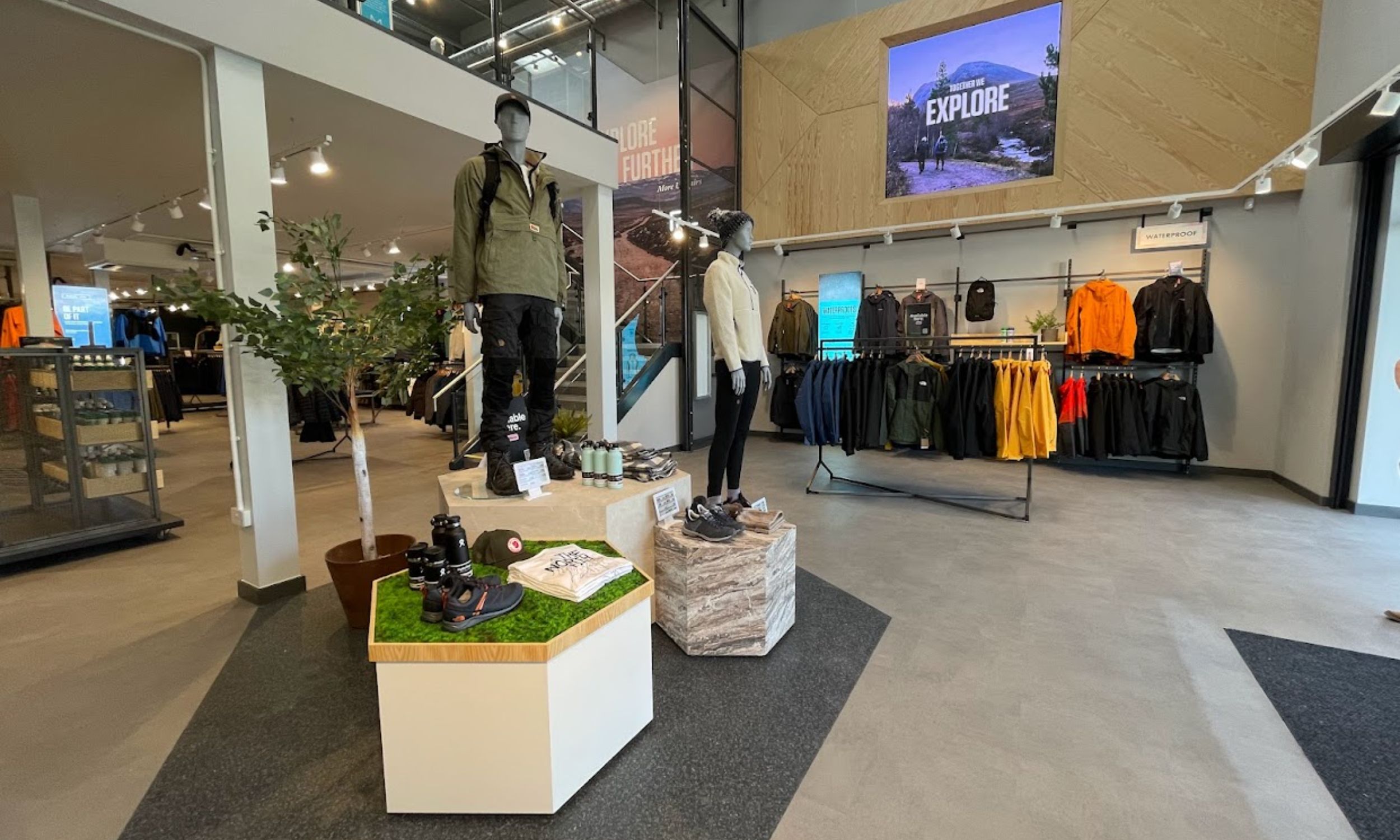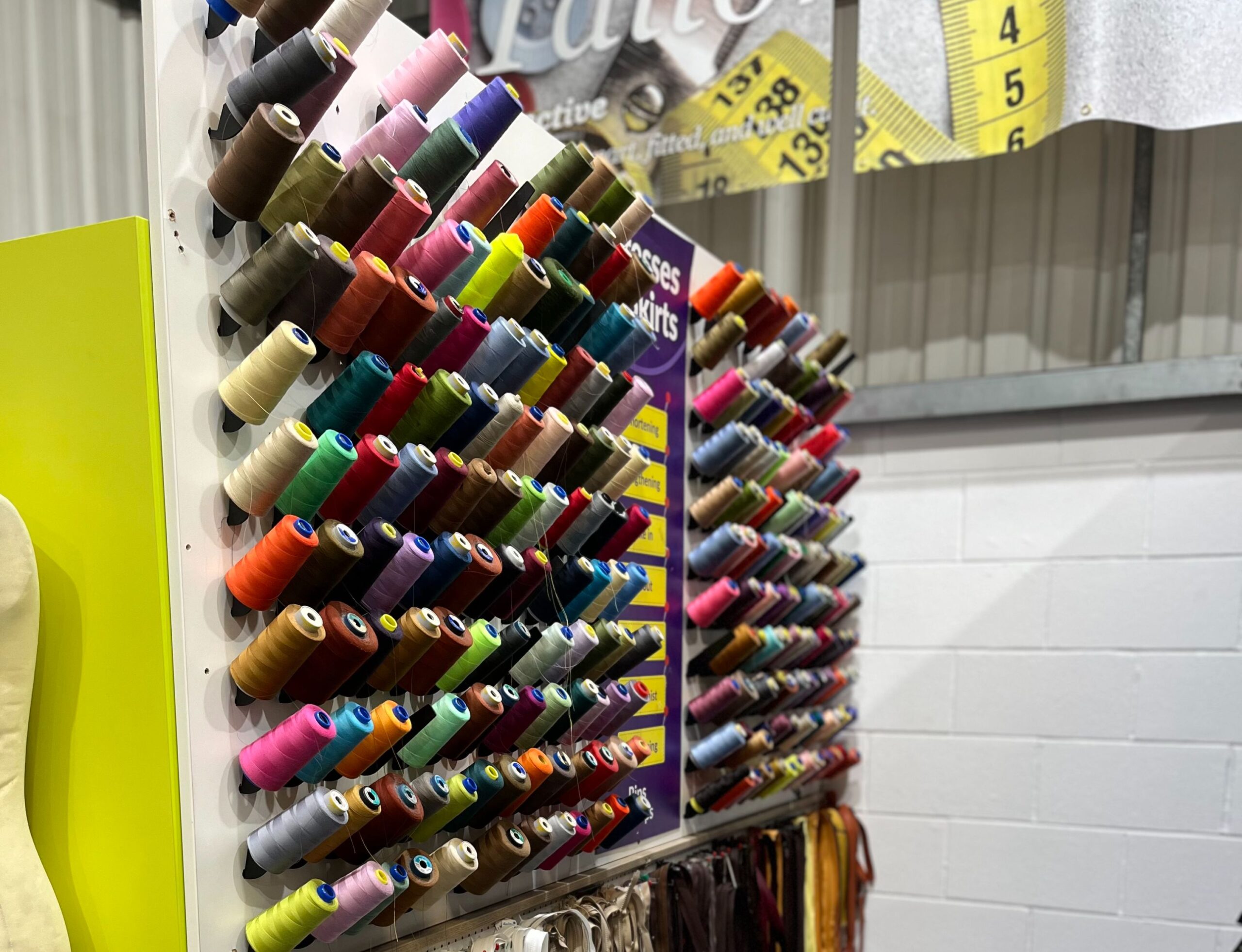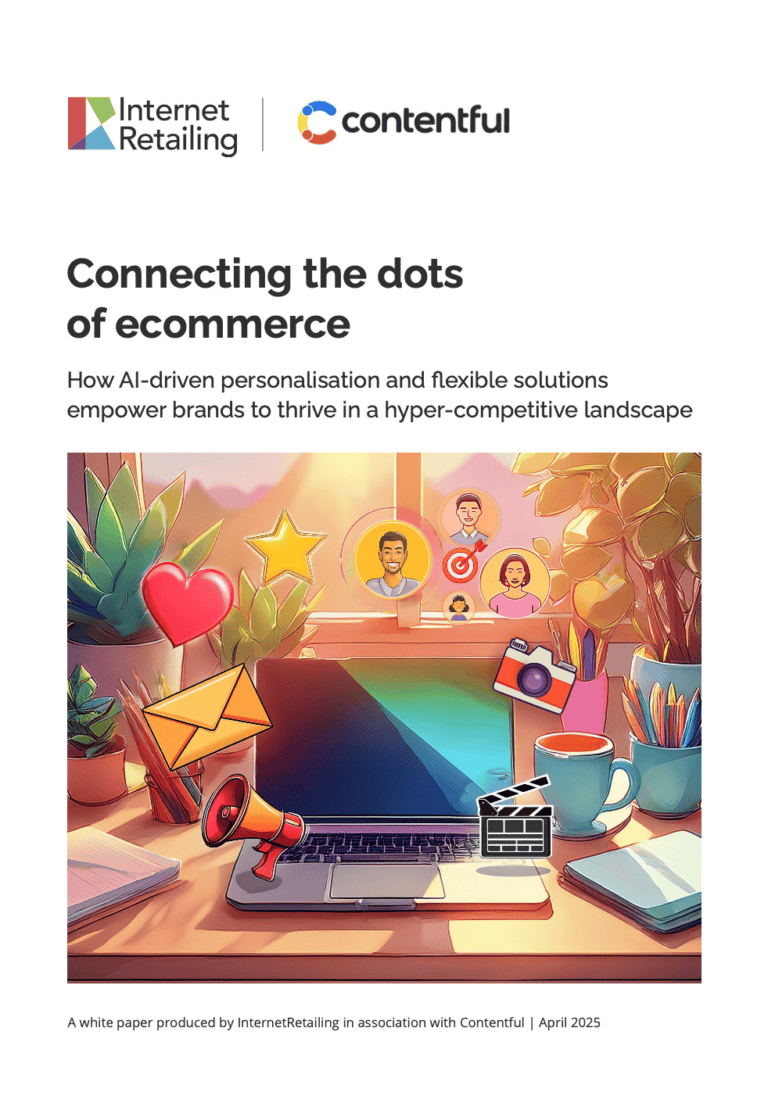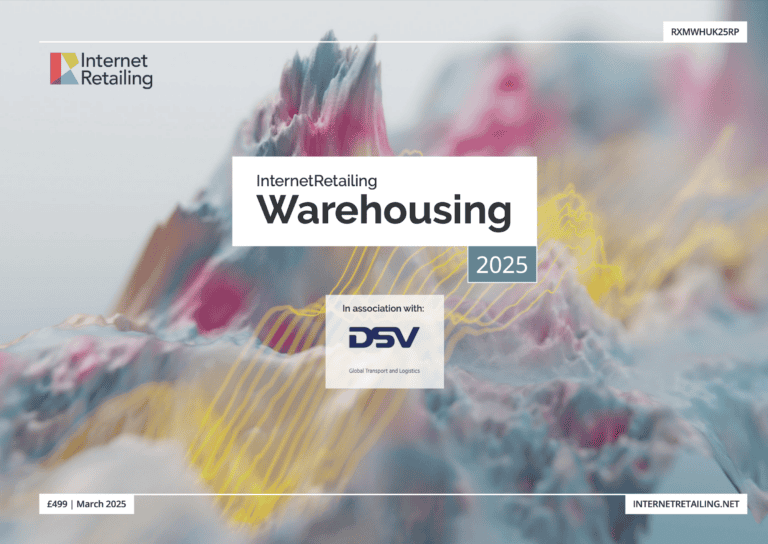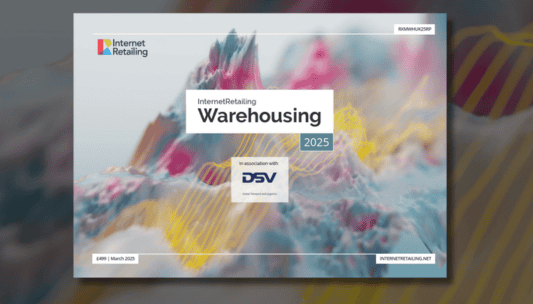Online sales grew by 46% in 2020, compared to the previous year – the strongestt increase since 2008, official figures show today. Within that, online food sales saw the greatest increase, growing by 79.3%, according to the ONS.
But at the same time, overall retail sales, across all channels, fell by 1.9%, by volume. That’s the largest fall since ONS records began, as Covid-19 restrictions kept non-essential stores closed. Clothing was hard hit. Sales across all channels fell by a record 25.1% on the previous year, as shoppers spent less time socialising and, when they were able to go to shops, were not able to try clothes on. Only non-store retailers (+32%) and food (+4.3%) retailers showed overall sales growth – both at record levels – during the year. Fuel sales fell by a record 22.2%, while department stores (-5.2%) and other stores (-11.6%) also saw their overall sales fall.
Online, multichannel retailers led ecommerce growth, which came as non-essential stores were forced to close against Covid-19, while many customers turned online rather than venture out even to essential stores during the pandemic. Online household goods sales grew by 73.9%, while online department store sales were 65.9% ahead. ‘Other’ stores, from electricals retailers to jewellers, bookshops and toyshops, saw their online sales grow by 73.4%. But pureplays, and other non-store retailers, saw sales grow by 32% – the largest annual increase the category has seen.
Christmas shopping
The yearly figures came as the ONS (Office for National Statistics) published its Retail Sales report for December 2020. In December alone, ecommerce sales grew by 61.4%, compared to the previous December, and accounted for 29.6% of sales – but were down by 6.2% compared to the previous month of November.
The growth came as sales across all channels grew by 2.9% year-on-year, by volume. Shoppers spent 0.4% more than they did in November to buy 0.3% more goods. Clothing had a good month compared to the previous one, as shoppers spent 23.7% more to buy 21.5% more goods.
Online food sales grew by 126.4%, with 11% of all grocery sales taking place through ecommerce. This was also the only category where online sales grew compared to the previous month (+2.6%). Retailers, says the ONS, suggested there had been a Christmas increase in click and collect sales over the festive period.
But non-food ecommerce sales fell by 14.8%, month-on-month, both as shoppers in many areas were able to return to shops to buy following the November, as most shoppers buy gifts online earlier in the autumn in order to guarantee delivery in time for Christmas. That said, 27% of UK retail sales still took place online and non-food sales for the month were 70.1% ahead of the previous December.
Sales at department stores were 105.9% ahead of last December, and 13.1% down on November. More than a third (35.4%) of sales in this category took place online.
Household goods sales were 52% up on the previous year, and 27.9% down on the previous month, with a fifth (20.9%) of sales in this category online. ‘Other’ stores – a category that includes retailers selling electricals, cosmetics, jewellery and books – saw online sales rise by 82.2% year-on-year, but fall by 17.5% month-on-month, as 22.2% of sales in the category took place online.
Performance was more muted for clothing, footwear and textile retailers, with sales up by 49.1% on a year earlier, but 2.8% down on the previous month. Almost a third (31.9%) of sales in this category took place online.
Non-store retailers – a category where 80.3% of trade is online, but also includes market stalls and auctioneers – saw their sales grow by 42.2% on last year but fall by 1.2% on the previous month.
Industry reaction
David Jinks, ParcelHero head of consumer research, says: “In January 2017, ParcelHero released 2030: Death of the High Street, a high-profile report that was discussed in Parliament. We said that, unless retailers developed an omnichannel approach that embraced both online and physical store sales, the High Street as we know it would reach a dead-end by 2030. These latest ONS retail figures show that the coronavirus pandemic has only hastened its demise.
“Ultimately, these latest results reveal that, whatever the time of year, no retailer can afford not to maintain a balanced approach to in-store and online sales, as the pandemic continues to rage and the fortunes of physical stores yo-yo between lockdowns.
“Only stores that embrace their website as their most important shop window and ensure their online service matches the standards of their in-store experience will survive.”
Daniel Whytock of DownYourHighStreet.com says: “The latest statistics show that clothing stores have been hit the hardest, and that’s no surprise. We all know what it feels like to be stuck indoors with nowhere to go. Fashion items are usually purchased in the build-up to events, social gatherings, holidays and even going to work. None of which the majority of the UK/world can do right now.
“Retailers have been forced to focus online or wait patiently to open. Although online is helping many fashion retailers survive, if we’re simply not investing in our wardrobes, sales are likely to continue to be slow. So, I think we’ll continue to see slow growth for fashion retailers for the first quarter of 2021 while we wait for the vaccination to be rolled out.
“Independent retailers are hopeful that the second half of 2021 will make up for a portion of what’s been missed. I believe fashion may see a spike in sales then as consumers have over-purchased on lockdown related goods such as homewares, gadgets and gaming, and groceries. And this spike will be amplified by the fact that we usually see a rise in clothing sales when the restaurant trade is successful – and I expect the nation to be eating out as much as possible once restrictions are lifted!
“If even half of the online growth sticks when retail opens-up again (and I think the percentage will actually be higher), then retailers that have invested in technology through the pandemic will see the benefits of higher revenues generated through a combination of instore and online sales.”



